 W
WThe minister-president of Austria was the head of government of the Austrian Empire from 1848, when the office was created in the course of the March Revolution. Previously, executive power rested with an Austrian State Council, headed by the emperor himself, from 1821 under the chairmanship of State Chancellor Prince Klemens von Metternich. The office of minister-president was not refilled from 1852, when Emperor Franz Joseph resumed control of the government affairs, and was replaced by a coordinating chairman of the Austrian Minister's Conference.
 W
WAlfred III, Prince of Windisch-Grätz was a Bohemian nobleman and Austro-Hungarian statesman. He served as the 11th Minister-President of Cisleithania and was President of the Herrenhaus from 1895 to 1918. He was married to Princess Marie Gabrielle Eleonore von Auersperg (1855-1933). Through his daughter, Princess Maria Hedwig of Windisch-Grätz, he was a great-grandfather of Princess Michael of Kent.
 W
WPrince Adolf Wilhelm Daniel von Auersperg was an Austro-Bohemian statesman. He served as 8th Minister-President of Cisleithania.
 W
WKarl Wilhelm Philipp, 8th Prince of Auersperg, Duke of Gottschee was a Bohemian and an Austrian nobleman and statesman. He served as the first Minister-President of Cisleithania and the first President of the Austrian House of Lords (Herrenhaus).
 W
WCount Kasimir Felix Badeni, a member of the Polish noble House of Badeni, was an Austrian statesman, who served as Minister-President of Cisleithania from 1895 until 1897. Many people in Austria, especially Emperor Franz Joseph, had placed great hope in Badeni's efforts to reform the electoral system and the language legislation in order to solve some fundamental problems of the multinational state, which eventually failed.
 W
WBaron Max Wladimir von Beck was an Austrian statesman.
 W
WCount Friedrich Ferdinand von Beust was a German and Austrian statesman. As an opponent of Otto von Bismarck, he attempted to conclude a common policy of the German middle states between Austria and Prussia.
 W
WBaron Richard von Bienerth, after 1915 Count von Bienerth-Schmeling, was an Austrian statesman.
 W
WCount Heinrich Karl Clam-Martinic was an Austrian statesman. One of the last Prime Ministers in the Austrian half of the Austro-Hungarian empire, he was called during World War I to head a new cabinet by Emperor Charles on 13 December 1916, soon after the death of Emperor Franz Joseph on 21 November 1916. As Prime Minister, he replaced Ernest von Koerber, but his government only lasted until 30 May 1917. He was succeeded by Ernst Seidler von Feuchtenegg (1917-1918), Baron Max Hussarek von Heinlein (1918), and Heinrich Lammasch (1918).
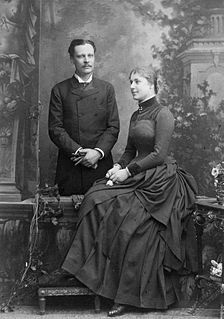 W
WCount Manfred von Clary-Aldringen was an Austro-Hungarian nobleman and statesman. He served as the 16th Minister-President of Cisleithania.
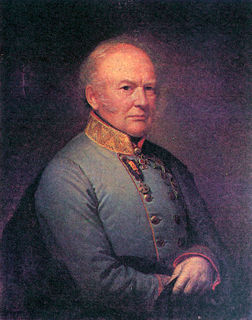 W
WKarl Ludwig, Count of Ficquelmont was an Austrian aristocrat, statesman and Field marshal of the Austrian Imperial army of French noble origin.
 W
WPaul Gautsch Freiherr von Frankenthurn was an Austrian statesman who served three times as Minister-President of Cisleithania.
 W
WThis is a list of heads of government under Austrian Emperors.
 W
WKonrad Maria Eusebius Prinz zu Hohenlohe-Waldenburg-Schillingsfürst was an Austrian aristocrat and statesman. He briefly served as Prime Minister of Austria (Cisleithania) in Austria–Hungary in 1906.
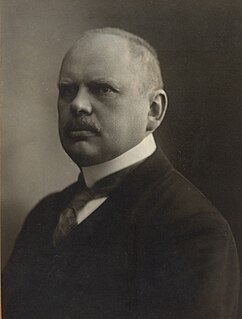 W
WMaximilian Hussarek von Heinlein, ennobled to the rank of Baron (Freiherr) in 1917, was an Austrian statesman who served as the penultimate Minister-President of Cisleithania in the last stage of World War I, for three months in 1918.
 W
WErich Graf von Kielmansegg was an Austrian statesman. He served as stadtholder of Lower Austria and short time Cisleithanian Minister-President of Austria-Hungary in 1895.
 W
WHeinrich Lammasch was an Austrian jurist. He was a professor of criminal and international law, a member of the Hague Arbitration Tribunal, and served as the last Minister-President of Austria for a few weeks in October and November 1918. He was the first and only non-noble to serve as Minister-President in the Austrian half of the Habsburg Monarchy.
 W
WCount Alexander Konstantin Albrecht von Mensdorff-Pouilly, 1st Prince von Dietrichstein zu Nikolsburg was an Austrian general, diplomat and politician, including two years as Minister of Foreign Affairs (1864–66) and one month's service as Minister-President of Austria. He was a first cousin of Queen Victoria of the United Kingdom of Great Britain and Ireland, as their mothers were sisters.
 W
WBaron Ignaz von Plener was an Austrian statesman. He served as the 3rd Minister-President of Cisleithania.
 W
WCount Alfred Józef Potocki was a Polish nobleman (szlachcic), landowner, and a liberal-conservative monarchist Austrian politician and Prime Minister.
 W
WErnst Wilhelm Engelhardt Ritter Seidler von Feuchtenegg was an Austrian statesman. He served as Minister-President of Austria from 1917 until 1918. His daughter was the actress Alma Seidler.
 W
WKarl Ritter von Stremayr was an Austrian statesman. He served as the 9th Minister-President of Cisleithania.
 W
WKarl von Stürgkh was an Austrian politician and Minister-President of Cisleithania during the 1914 July Crisis that led to the outbreak of World War I. He was shot and killed by the Social Democratic politician Friedrich Adler.
 W
WEduard Franz Joseph Graf von Taaffe, 11th Viscount Taaffe was an Austrian statesman, who served for two terms as Minister-President of Cisleithania, leading cabinets from 1868 to 1870 and 1879 to 1893. He was a scion of the Irish Taaffe noble dynasty, who held hereditary titles from two countries: Imperial Counts (Reichsgrafen) of the Holy Roman Empire and viscounts in the Peerage of Ireland.
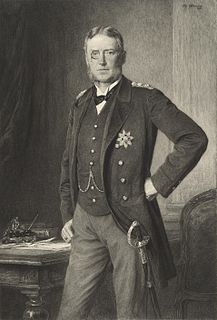 W
WPrince Franz Anton von Thun und Hohenstein, Czech: kníže František Antonín z Thunu a Hohensteina was an Austro-Hungarian noble and statesman.
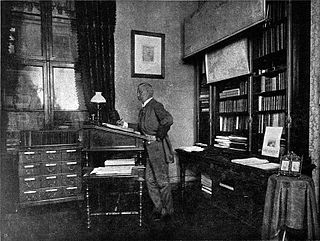 W
WHeinrich Ritter von Wittek was an Austrian politician of the Christian Social Party (CS). He served as head of the k.k. Railway Ministry and as Minister-President of Cisleithania for four weeks in 1899/1900.